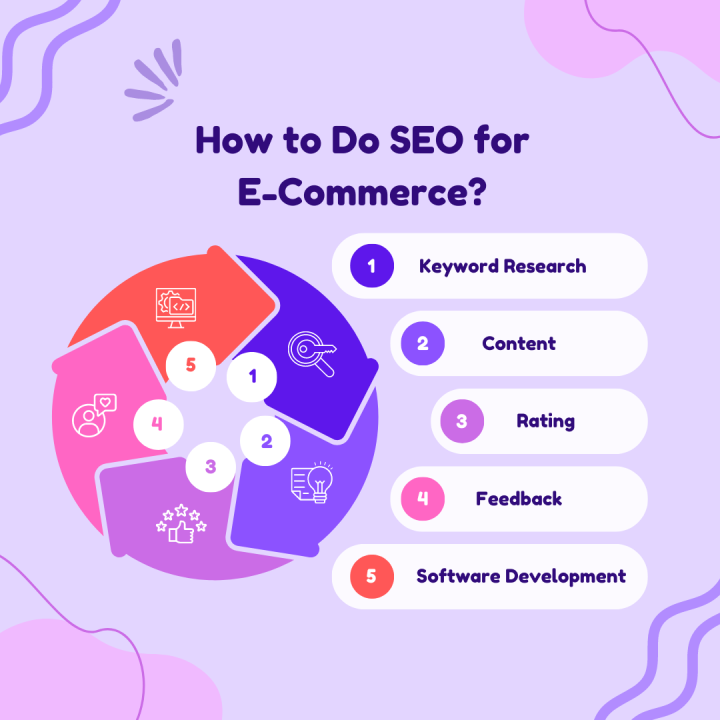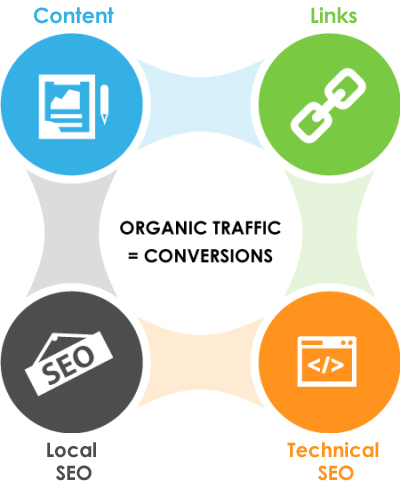Reveal the hidden power of SEO and catapult your beauty business to new heights with these tried-and-true secrets!

Image courtesy of Pixabay via Pexels
Table of Contents
- Understanding the Importance of Blogging in the Beauty Industry
- Choosing the Right Topics and Keywords for your Blogs
- Writing Engaging and SEO-Friendly Blog Posts
- Incorporating Paid Marketing Strategies to Boost Blog Visibility
- Leveraging Beauty Industry SEO Best Practices
- Case Studies and Success Stories: Learning from the Best
- Maintaining Consistency and Measuring Success
- Conclusion
As the beauty industry continues to expand and evolve, it’s crucial for businesses to stay updated with the latest marketing and SEO strategies. In this blog post, we will delve into the world of digital marketing and search engine optimization (SEO) specifically tailored to the beauty industry. Whether you own a hair salon, a nail salon, or a jewelry store, these tips and tricks will help you create effective and engaging blogs that will boost your online presence and attract a wider audience.
Understanding the Importance of Blogging in the Beauty Industry
Blogging has become an essential marketing tool for beauty businesses, offering an array of benefits that can significantly contribute to brand awareness and engagement. By regularly publishing high-quality blog posts, your business can showcase expertise, establish credibility, and attract a loyal customer base.
Book Now For a Free Consultation
One example of a successful beauty industry blog is Glamour Hair Secrets, which provides insightful hair care tips, styling tutorials, and product recommendations. Through their engaging content, they’ve created a dedicated following and established themselves as an authority in the hair industry.
Choosing the Right Topics and Keywords for your Blogs
When deciding on blog topics, it’s important to conduct market research and gain a deep understanding of your target audience’s interests and needs. This will ensure that your blog posts resonate with your readers and provide valuable information they are actively seeking.
Identifying trending and evergreen topics in the beauty and hair industry is essential for creating content that remains relevant over time. For example, topics such as “5 Must-Try Summer Makeup Looks” or “10 Essential Hair Care Tips for Healthy Hair” are consistently popular and can attract a steady flow of organic traffic.
Keyword research tools like Google Keyword Planner or SEMrush can help you identify the most relevant keywords for your blog posts. By incorporating these keywords naturally into your content, you can optimize your blog’s visibility on search engine results pages (SERPs) and drive more organic traffic to your website.
Writing Engaging and SEO-Friendly Blog Posts
The key to creating engaging blog content is capturing your readers’ attention right from the start. Craft attention-grabbing headlines and intros, making sure they accurately reflect the content of your blog post. For example, instead of a generic title like “Makeup Tips,” try something more captivating like “Discover the Secrets to Achieving a Flawless Makeup Look.”

Image courtesy of www.linkedin.com via Google Images
Structuring your blog posts properly is also essential for improving readability and user experience. Break your content into shorter paragraphs and use subheadings to organize your ideas. Utilize bulleted or numbered lists to make information more digestible.
Incorporating relevant keywords throughout your blog posts is crucial for SEO optimization. However, be careful not to overstuff your content with keywords, as this can negatively impact your search ranking. Keywords should be integrated naturally and seamlessly within your sentences.
Incorporating Paid Marketing Strategies to Boost Blog Visibility
While organic traffic is vital, paid marketing strategies can also be employed to boost blog visibility and reach a wider audience. Social media advertising is one effective method, allowing you to target specific demographics and increase the visibility of your blog posts.
Running Google Ads campaigns can also drive significant traffic to your blog. Through targeted keywords and ad placements, you can ensure your blog appears prominently in search engine results when users are searching for related topics.
Collaborating with influencers in the beauty industry can also provide exposure for your blog. Influencers have a dedicated following and can help expand your reach while promoting your blog content to their engaged audience.
Leveraging Beauty Industry SEO Best Practices
To optimize your blog’s visibility, it’s essential to implement SEO best practices. Start by optimizing your meta tags, titles, and descriptions. These elements should accurately reflect the content of your blog and incorporate relevant keywords.

Image courtesy of biziq.com via Google Images
Creating high-quality and visually appealing images is another crucial aspect of beauty industry blogs. Use high-resolution images that are relevant to your content and optimize them with descriptive file names and alt tags.
Building backlinks from reputable and relevant sources can enhance your blog’s authority and improve search rankings. Collaborate with other beauty bloggers or industry professionals to create guest posts or feature each other’s content. This can generate valuable backlinks and introduce your blog to a new audience.
Case Studies and Success Stories: Learning from the Best
When striving for success in the beauty industry, it’s essential to study and learn from successful bloggers who have paved the way. Analyze their strategies and techniques, identify what makes their blogs stand out, and adapt those tactics to suit your business’s unique goals.
Recognize that the beauty blogging landscape is continually evolving. Stay updated with the latest trends, techniques, and industry news to ensure your blog remains fresh, relevant, and engaging.
Maintaining Consistency and Measuring Success
Consistency is key when it comes to blogging. Develop a content calendar and stick to a regular posting schedule. This not only keeps your readers engaged but also signals to search engines that your blog is active and updated regularly.

Image courtesy of www.leadershipgirl.com via Google Images
Track your blog’s performance using metrics and key performance indicators (KPIs). Utilize tools like Google Analytics to measure your blog’s traffic, monitor user behavior, and identify areas for improvement. Make data-driven adjustments to enhance your SEO efforts and overall blog performance.
Conclusion
Implementing effective marketing and SEO strategies is essential for beauty businesses seeking to thrive in today’s highly competitive online landscape. By leveraging the power of blogging, choosing the right topics and keywords, and incorporating paid marketing and SEO best practices, you can unlock the secrets to success. Stay consistent, analyze your performance, and adapt to industry trends to ensure your beauty industry blog remains at the forefront of digital marketing. Embrace the power of SEO and watch your beauty business flourish!